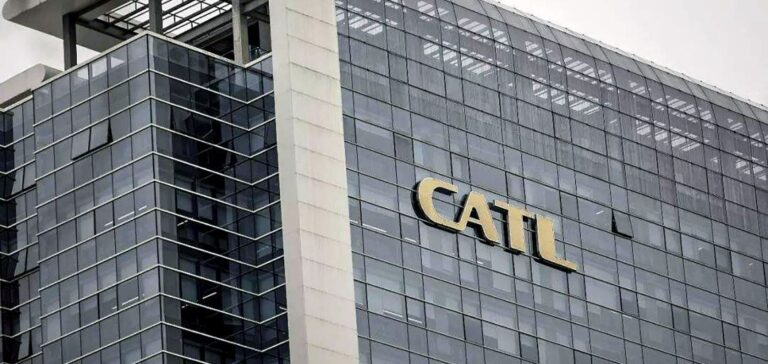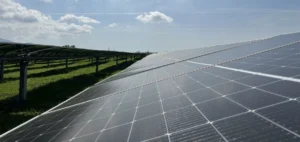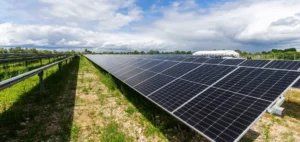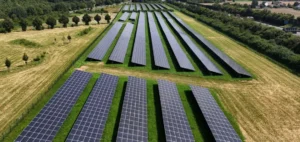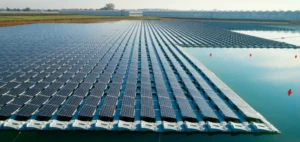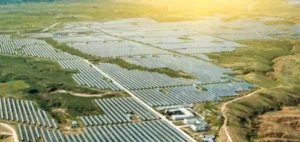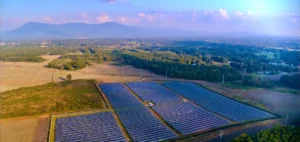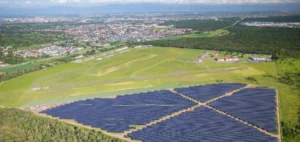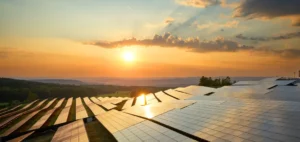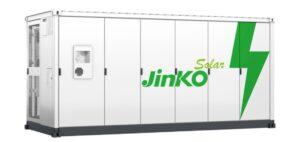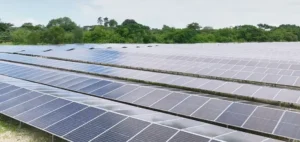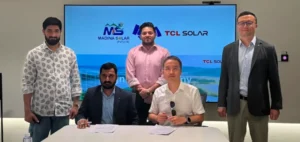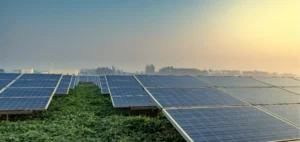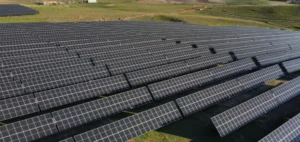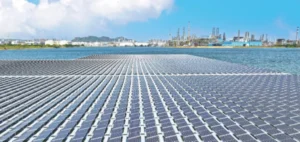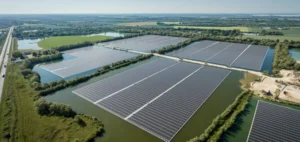CATL announced several major breakthroughs in the electric vehicle battery sector during its first Super Tech Day. The company revealed the Naxtra sodium-ion battery, the first to be mass-produced, as well as the Freevoy dual-power battery and an upgraded version of the Shenxing super-fast charging battery. These new technologies represent a turning point in the industry, offering solutions that enhance battery performance while reducing dependence on limited resources such as lithium.
Breakthrough in sodium-ion batteries with Naxtra
The Naxtra battery is a flagship product from CATL, offering an energy density of 175 Wh/kg, comparable to lithium iron phosphate (LFP) batteries. With a range of 500 kilometers, it can withstand more than 10,000 charge cycles, significantly reducing maintenance costs. Furthermore, the Naxtra battery operates across a wide temperature range, from -40°C to +70°C, making it particularly suited for cold environments. Unlike lithium-ion batteries, the Naxtra is designed to be less dependent on lithium resources, while offering exceptional performance at a low cost.
Freevoy: A new era for dual-power batteries
The Freevoy battery relies on a dual-power architecture, combining two powerful independent energy zones. This innovative design offers five main functions: dual high voltage, dual low voltage, dual structure, dual thermal management, and double protection against thermal runaway risks. The auto-forming anode technology increases energy density by 60% in volume and 50% in mass, enabling the maximization of range in a reduced space. By combining different battery chemistries according to user-specific needs, Freevoy marks a significant step towards multiple power sources in electric vehicles.
Shenxing: ultra-fast charging and extended range
The Shenxing battery, part of CATL’s innovations, is now capable of charging at a maximum speed of 12C, allowing it to go from 5% to 80% charge in just 15 minutes. It offers a range of 800 kilometers for electric vehicles, and its fast charging capability makes it particularly suited for drivers seeking efficient and rapid solutions. This battery stands out for its robustness in extreme conditions, being able to operate effectively even at temperatures as low as -10°C.
CATL’s advancements in dual-power and sodium-ion batteries highlight the company’s commitment to pushing the limits of electric vehicle battery technology. These innovations pave the way for a new generation of vehicles that are more efficient, safer, and less reliant on limited resources.

